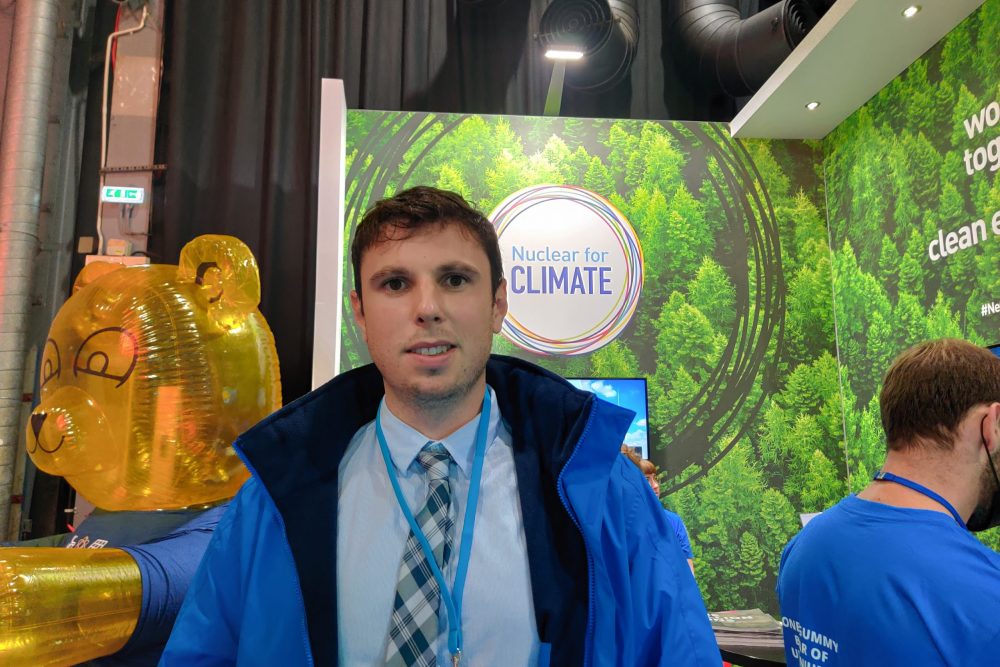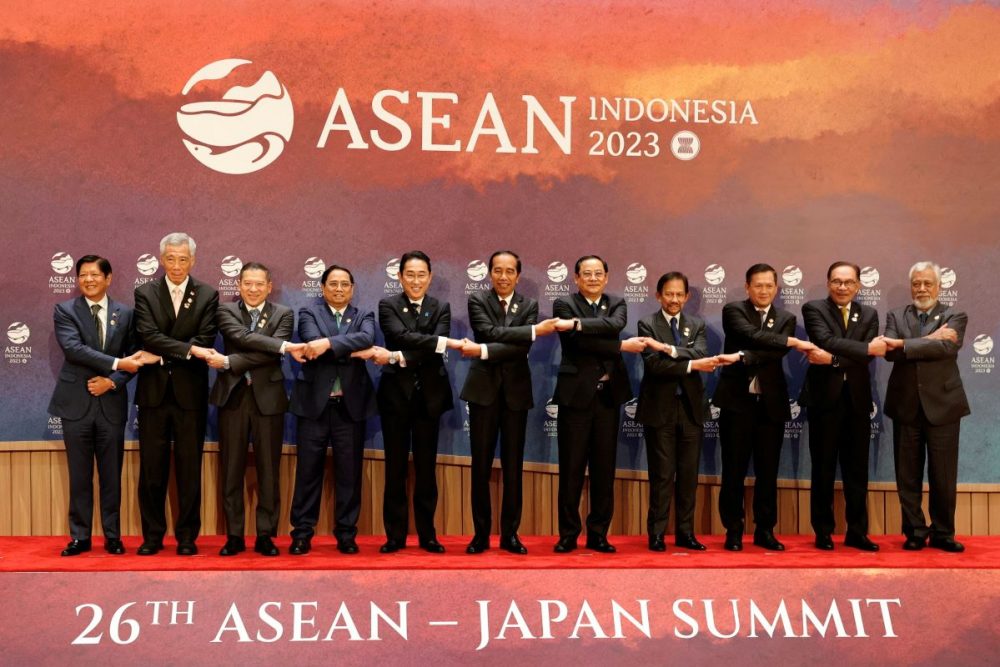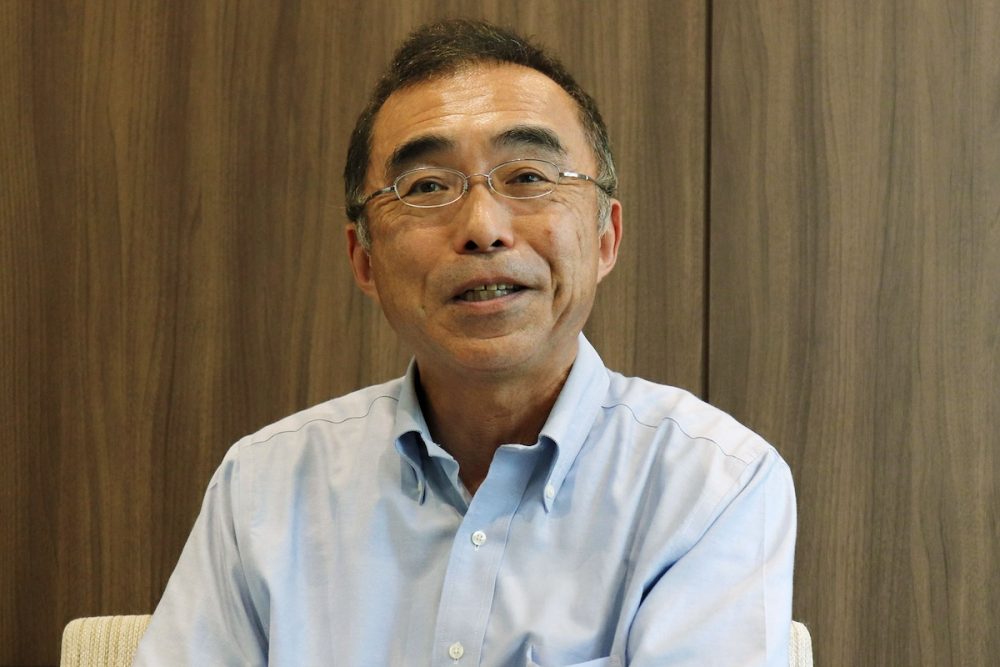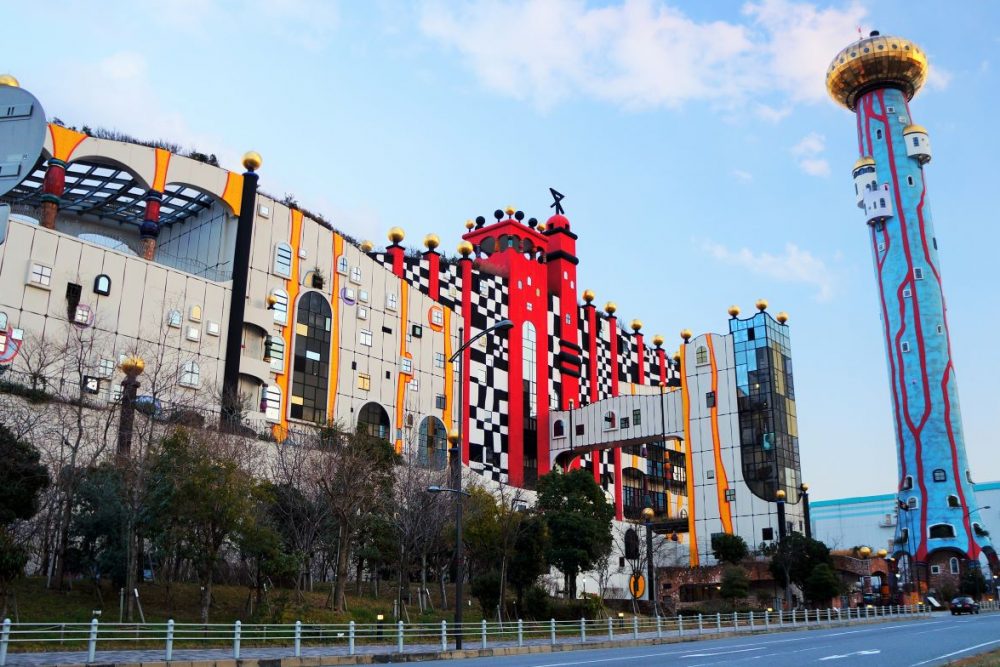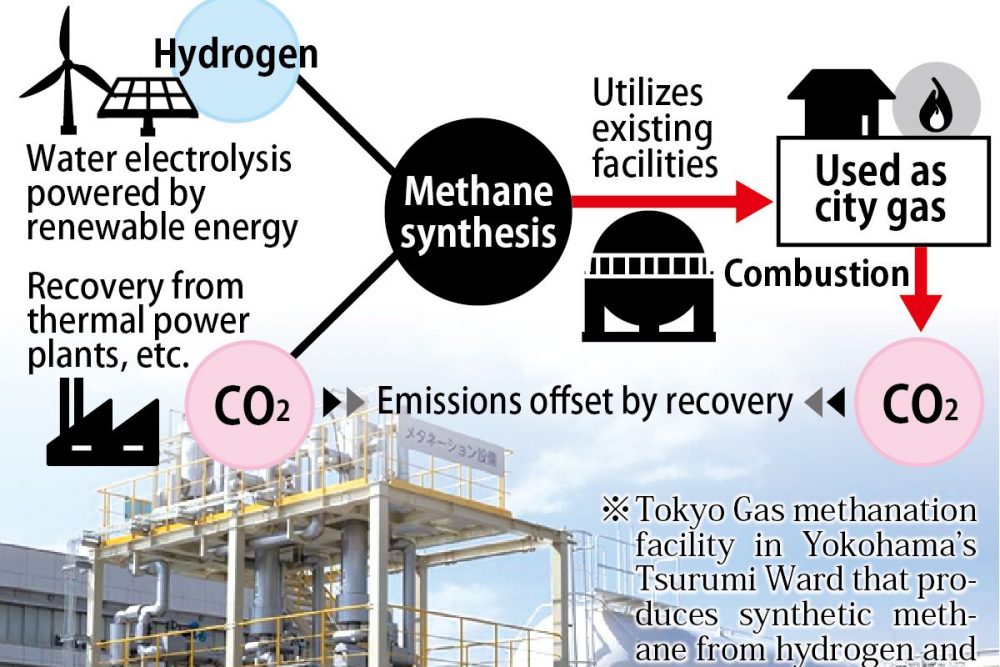Carbon Neutrality and Branding: Why Companies Are Eager to Get Involved
Corporate efforts to reduce carbon emissions are increasingly targeting the production process, not only at major corporations, but even at craft breweries.

このページを 日本語 で読む
Companies are accelerating efforts to achieve carbon neutrality at plants and manufacturing bases. Solar power and other renewable energies tend to get the most attention when discussing carbon neutrality. But corporate initiatives run the gamut from optimizing manufacturing processes to simulating decarbonization methods in virtual spaces and utilization of hydrogen.
Even sake breweries are promoting their wares as having been brewed with zero carbon dioxide emissions. Carbon neutrality has indeed become an indispensable aspect of business strategy.
Using Robots to Paint Cars
In October, automobile manufacturer Daihatsu issued a press release on a large-scale improvement at its main plant. Located in Oyamazaki, Kyoto Prefecture, the plant hadn't undergone a major refurbishment in fifty years.
The plant manufactures subcompact cars such as the Thor and Boon models, as well as parent company Toyota’s Probox. Daihatsu estimates that the revamped plant will produce 230,000 cars per year – 10,000 more than its previous capacity.
Redesigned with carbon neutrality in mind, the plant's upgrades cost approximately ¥35 billion JPY. It now stands four stories tall and brings assembly and painting, previously performed separately, under one roof.

The most significant change is the introduction of robots to automate the painting process. With the robots’ precision, mistakes are greatly reduced. Splashing of paint is also significantly curbed using static electricity technology that attracts paint particles to the car body.
Based on these upgrades, 50% of the air in the painting booths, where maintaining low level humidity is essential, has become reusable. This directly leads to reduced carbon emissions.
In the past, the painting process took a great toll on human workers, who had to wear protective equipment and wash thoroughly. An employee managing the plant floor explains, "There have been three advantages to automating – saving time, a lesser burden on workers, and emissions reduction."
Production was optimized by improving tasks that were physically burdensome or cumbersome. The company installed a conveyor belt for workers, thus reducing the amount of walking, which can take a toll on employees. Huge paper manuals were converted to digital copies readable on tablets.
Daihatsu estimates that this optimization will result in a 30% reduction in manufacturing time. Combined with adoption of renewable energies, the refurbishment is predicted to reduce CO2 emissions by 58% in 2025, compared to 2013 figures.
Hydrogen for In-House Power
Hitachi is using a 'digital twin' of its plant, reproduced in a virtual space, to reduce its carbon footprint.
At its Omika factory in Hitachi City of Ibaraki Prefecture, the company installed power sensors in roughly 900 spots to visualize the plant’s power consumption. These enable the company to know just where and how much carbon dioxide is emitted by the plant by cross-checking with data obtained from electronic tags built into products and cameras that track the manufacturing process.
The data are then used for simulations on carbon emissions in a virtual space, allowing the company to verify the outcomes of emissions reduction initiatives. By 2024, Hitachi plans to apply know-how obtained at the Omika factory to the decarbonization solutions it sells to other factories.
Meanwhile, in April, Panasonic Holdings began tests at its Kusatsu plant (Shiga Prefecture) on using 100% renewable energy for all power consumed in the plant by combining hydrogen fuel cells, solar energy, and storage batteries.
In addition to using fuel cells for power supply, solar power generation provides support during the day, and unused electricity is stored in batteries. The system is designed to address the drawbacks of solar power, which is easily affected by weather, by combining three different types of power cells.
Using energy generated in-house to provide for power needs also eliminates losses that occur during transmission from power plants. A company representatives states, "This is the first attempt globally to genuinely utilize hydrogen for in-house power generation at a factory. We want to prove that hydrogen is a good option and propose it as a solution going forward."
Brewing Zero Carbon Sake
Major companies are not the only ones working to achieve zero carbon. Kobe Shu-Shin-Kan Breweries, located in the famed sake production district of Kobe's Higashinada Ward, launched Fukuju, "The world’s first carbon-neutral sake" in October.

The company achieved zero carbon emissions for power used in brewing mainly by sourcing renewable energy from power companies. Also, by changing the polishing ratio of rice from 70 to 80% and using a different yeast, the company managed to shorten brewing time from the typical one month to one week, thereby reducing power consumption. The company aims to sell 70,000 bottles annually, including those exported overseas.
Kobe Shu-Shin-Kan's initiatives encompass not only emissions reduction, but also saving labor and energy in the brewing process. The typical image of sake brewing often involves craftspeople getting up before dawn and working in the cold. But the company introduced a remote monitoring system to ease the burden on workers, creating a more pleasant working environment that appeals to young people.
General Manager Masakazu Minatomoto says, "In the future, carbon neutrality will likely become an important factor when customers decide on a purchase. Our aim is to achieve sustainable management, including our working environment."
Triple-Win Business Model
Regarding how business initiatives aimed toward carbon neutrality seem to be picking up speed, Associate Professor Songwoo Byun of Kindai University’s Department of Business Administration points out, "as people grow more conscious of environmental issues, more and more companies recognize the link between their factories and carbon neutrality."
Upgrades to production facilities and processes have been linked to quality enhancement and cost reduction to date. According to Byun, businesses are increasingly considering carbon neutrality to be equally important.
Byun adds, "The Japanese have a concept of the 'triple win,' or sanpo-yoshi. Through carbon neutrality efforts, a business model that is equally good for companies, consumers, and society could be achieved."
このページを 日本語 で読む






